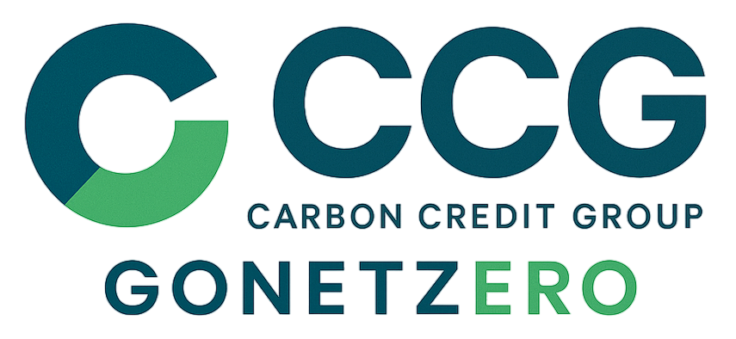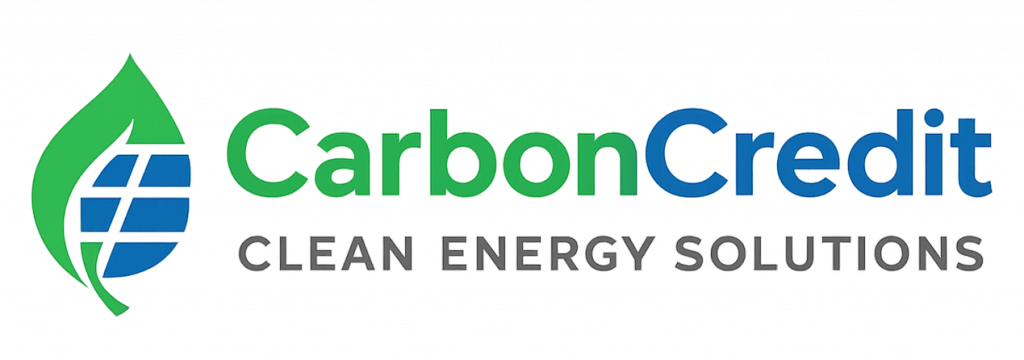Measuring Impact in Renewable Energy
In the world of renewable energy, success isn’t just about installing panels or generating power—it’s about creating lasting, measurable impact. Every project tells a story of transformation: lower emissions, reduced costs, energy independence, and stronger communities.
As more organizations embrace sustainability, it’s essential to not only invest in clean energy but also to track the real-world outcomes of those investments. That’s where the power of project impact comes to life.
Key Metrics of Success
To truly evaluate the value of a renewable energy project, we look at key metrics that show both environmental and economic returns:
- Energy generated (kWh): Total clean energy produced annually
- Carbon emissions reduced (tons CO₂): Greenhouse gases avoided compared to grid power
- Cost savings ($): Reduction in utility bills and operational expenses
- Payback period: Time it takes for project to pay for itself
- Lifetime environmental benefit: Cumulative savings over 20+ years
These metrics provide transparency, accountability, and the ability to celebrate real progress.
Real Project Highlights
1. Solar for Schools: Empowering Education
Location: Public School District, California
A school district partnered with us to install solar arrays across five campuses. In year one, the project:
- Generated over 1.2 million kWh of clean energy
- Offset 850 metric tons of CO₂
- Saved the district $160,000 in electricity costs
Beyond the numbers, this project provided educational opportunities for students and helped redirect funds back into classrooms and programs.
2. Commercial Solar: Sustainability Meets ROI
Location: Retail Distribution Center, Texas
This commercial solar installation on a 120,000 sq. ft. warehouse roof now covers 70% of the facility’s energy needs. The impact:
- Annual savings: $95,000
- System size: 400 kW
- Payback period: Just under 5 years
Energy savings, combined with federal tax incentives, made this project a model of financial and environmental efficiency.
3. Industrial Solar + Storage: Resilience in Action
Location: Manufacturing Plant, Midwest
Facing high energy demand charges and power outages, this facility added solar and battery storage. The system now:
- Generates 1.8 million kWh/year
- Reduces grid reliance by 60%
- Eliminates peak demand penalties
The result? Reliable operations, cleaner energy, and long-term operational savings.
Social and Environmental Benefits
Each project delivers more than just energy—it creates ripple effects that reach communities, ecosystems, and future generations.
- Cleaner air: Less reliance on fossil fuels means fewer pollutants
- Local job creation: Installations boost local economies
- Educational impact: Schools gain hands-on learning opportunities
- Energy equity: Solar projects reduce costs for underserved communities
These outcomes show that renewable energy is not just a technical upgrade—it’s a catalyst for social good.
Lessons Learned
Over the course of delivering renewable projects across sectors, we’ve identified key lessons that help maximize impact:
- Start with accurate data: A solid energy audit makes all the difference
- Plan for the long term: Design with scalability and maintenance in mind
- Leverage incentives: Rebates, tax credits, and grants significantly improve ROI
- Communicate the impact: Sharing results inspires others and builds support
These insights help us ensure every project delivers value beyond the installation date.
Looking Ahead: Goals for Greater Impact
We’re not stopping here. As we look to the future, our mission is to scale our impact through:
- Deploying solar on more schools and nonprofits
- Expanding battery storage for grid resilience
- Helping businesses reach net-zero goals
- Using real-time data to track and report impact with even greater precision
With every new project, we move closer to a future powered by clean, affordable, and accessible energy.
Conclusion: Inspiring Change Through Measurable Results
Stories of solar success aren’t just about technology—they’re about transformation. Whether it’s a school district saving money for classrooms, or a factory cutting emissions while boosting reliability, the results speak for themselves.
By focusing on impact-driven renewable energy solutions, we help our partners turn sustainability goals into real-world outcomes. These projects don’t just light up buildings—they inspire change, one kilowatt at a time.
Want to explore what a successful solar project could look like for your organization? Let’s talk about the possibilities.

